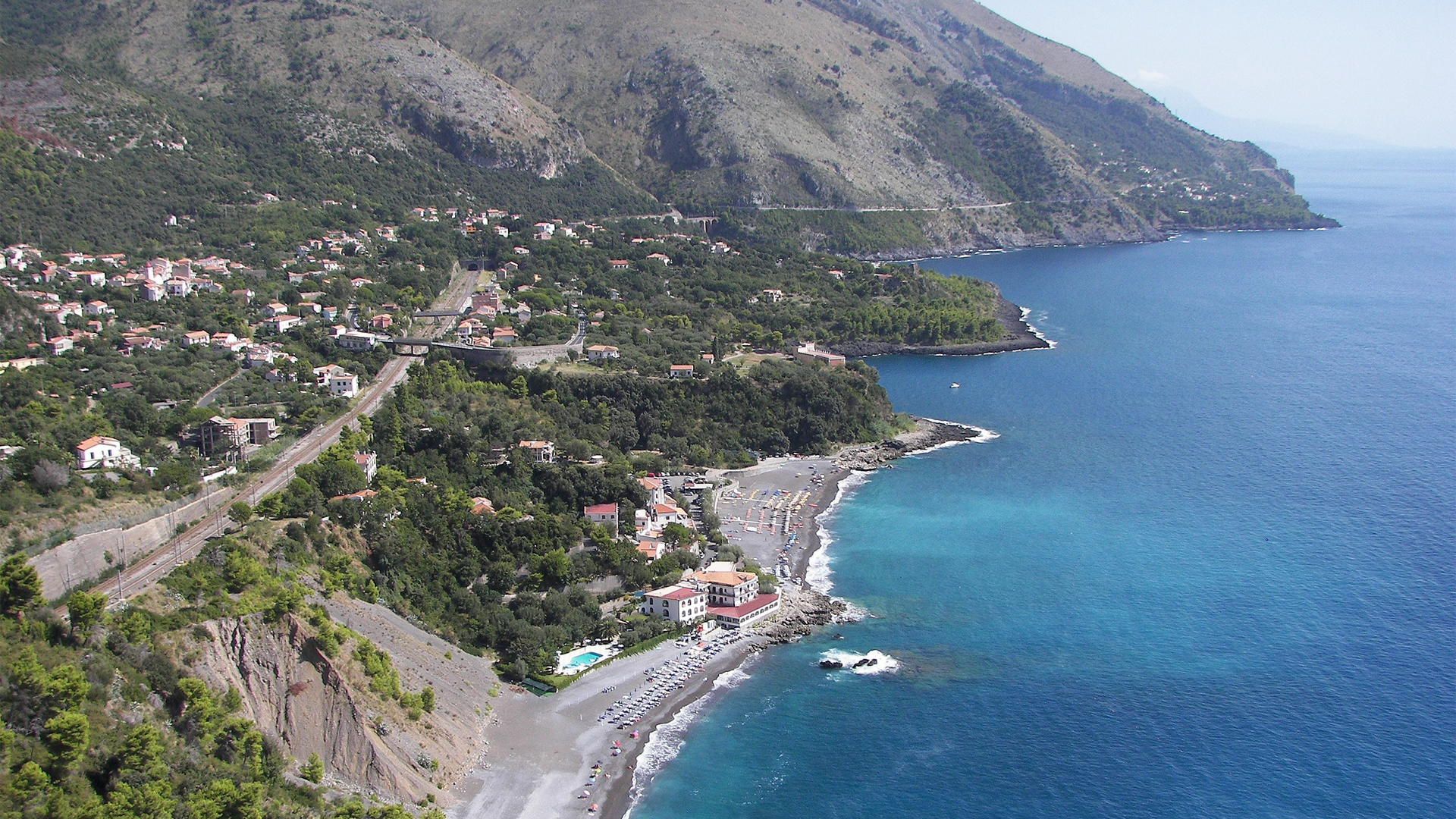A painful past and promising future here in the instep of Italy's boot
Every country has its own forgotten corners and regions that visitors ignore. Southern Italy has many such outposts, places that until recently were often seen only by the more well-informed travelers. Basilicata is one, but it is safe to say that this instep of the boot doesn’t deserve its obscurity. With a painful past and yet a promising future, Basilicata is well worth a visit.
Basilicata borders the Calabria and Puglia regions, as well as the Tyrrhenian and Ionian Seas, making it easy to reach if you’re spending time in the other regions of Southern Italy.
It’s an area of forests and mountains, and for this reason, you can’t be in a hurry to explore the region. Expect to drive on roads that are as narrow as spaghetti! There are no airports here, nor high-speed trains either - which adds to its charm.
Basilicata has been, since Roman domination, one of Italy’s poorest regions, where grapes, olives, and fruit have all been grown to the extent of sustaining the life of the region’s people. The Italian poet and philosopher Dante said, “Beauty awakens the soul to act." And you can’t help thinking that life in Basilicata is hard but beautiful.
Taking the road less traveled to reach Basilicata will reveal hidden gems. Where else can you discover caves decorated by Byzantine monks or the ruins of Greek civilization?
Regional highlights
Drink:
Wine! Way back in the 7th century BC, the Greeks planted the grape known today as Aglianico del Vulture, and ever since, Basilicata has been on the wine list. You’ll likely come across Aglianico del Vulture Riserva DOC and Aglianico del Vulture Vecchio DOC.
Eat:
Italian food doesn’t really exist—every region has a different cuisine. Basilicata is best known for the ‘Lucanica di Picerno’ pork sausage that derives from Lucanica, an ancient recipe that originated before the Roman Empire. ‘Pane di Matera’ is a type of bread recognizable for its flavor and conical shape.
Activities:
There’s plenty to do here, and popular activities include swimming, diving, walking, cycling, horse-riding - and even skiing in winter! Or you can simply relax in nature. Or sip a cappuccino from one of the pavement cafes scattered throughout the towns and villages. Enjoy the simple life of ‘dolce far niente’—the sweetness of doing nothing.
Matera and Maratea

A view of Matera
These two confusingly similar named towns are amongst the best destinations in the region; fascinating, picturesque, with good hotels and restaurants, yet not overrun by tourists.
Named Europe’s Capital of Culture in 2019, Matera is an ancient city of about 60,000 people, perched on top of Italy’s high heel. It’s one of Italy's most alluring towns, a honeycomb of rock-cut churches and caves. Matera is famous for its atmospheric cave-dwelling districts, abandoned in the 1950s and slowly being brought back to life. The city is known for its ‘Sassi’ district, a vast, hillside complex of cave dwellings dating back thousands of years. The ‘Sassi’ has been described by Fodors as "one of the most unique landscapes in Europe".
The little coastal town of Maratea, on the region’s west coast, is perched just above the Tyrrhenian Sea, between the mountains and the ocean. Known as the ‘Pearl of the Tyrrhenian’, it comes complete with dramatic black sand beaches.
See:
The Statue of Christ the Redeemer of Maratea is a statue of Jesus Christ in the town. It is made of Carrara marble and sits on the top of the mountain. The sculpture was created by the Florentine sculptor Bruno Innocenti and was completed in 1965.

The Redeemer of Maratha, made of Carrara Marble
Visit:
The Sassi di Matera are two districts (Sasso Caveoso and Sasso Barisano) of Matera, known for their ancient cave dwellings inhabited since the paleolithic period (the old Stone Age). The complex is part of the Murgia Matera area, a gorge between Matera and Montescaglioso that includes around 150 rock-cut churches. After decades of restoration, the area was classified as a World Heritage Site by UNESCO in 1993.
Sleep:
Imagine staying in caves that have been restored. You can do that in one of the 18 caves at Hotel Sextantio Le Grotte Della Civita in Matera. This unique hotel is found in the oldest part of the Sassi, the CIVITA, facing the spectacular Murgia Park and its rock-hewn churches. It even has an ancient church, the ‘Cripta della Civita’, that is now used as a common area.
Pretty Pignola

Tucked into a hilltop, Pignola is pure Italian charm: crumbling stone buildings and narrow, unnavigable streets. Standing at 927 meters above sea level, the town has four hotels.
Stay:
Set in over 140 hectares of private farmland, Hotel Sotto Il Cielo is five minutes drive from the center. There’s a swimming pool and a tennis court. Sotto Il Cielo's restaurant serves a buffet-style breakfast and Italian cuisine for dinner.
See:
At the time of writing, the WWF-protected site of Lake Pantano is closed. There is plenty to visit nearby though, and places of interest include Potenza, Satriano di Lucania, and Muro Lucano.
Eat:
Try Le Fiamme Ristorante, reasonably priced and known for its pizza. The wonderful outdoor terrace with its fantastic views and sunsets makes for an unforgettable vacation experience.
Amanda Akien
Amanda Akien graduated from The University of Wollongong, Australia with an MA in Journalism with Distinction. Her writing has appeared in international travel magazines, as well as The Guardian newspaper. Although Amanda is based in the UK, she has traveled throughout Italy, even interning at a major modeling agency during Milan Fashion Week. Her favorite region is Tuscany - she loves Florence and is also partial to a glass of Montepulciano d’Abruzzo!

